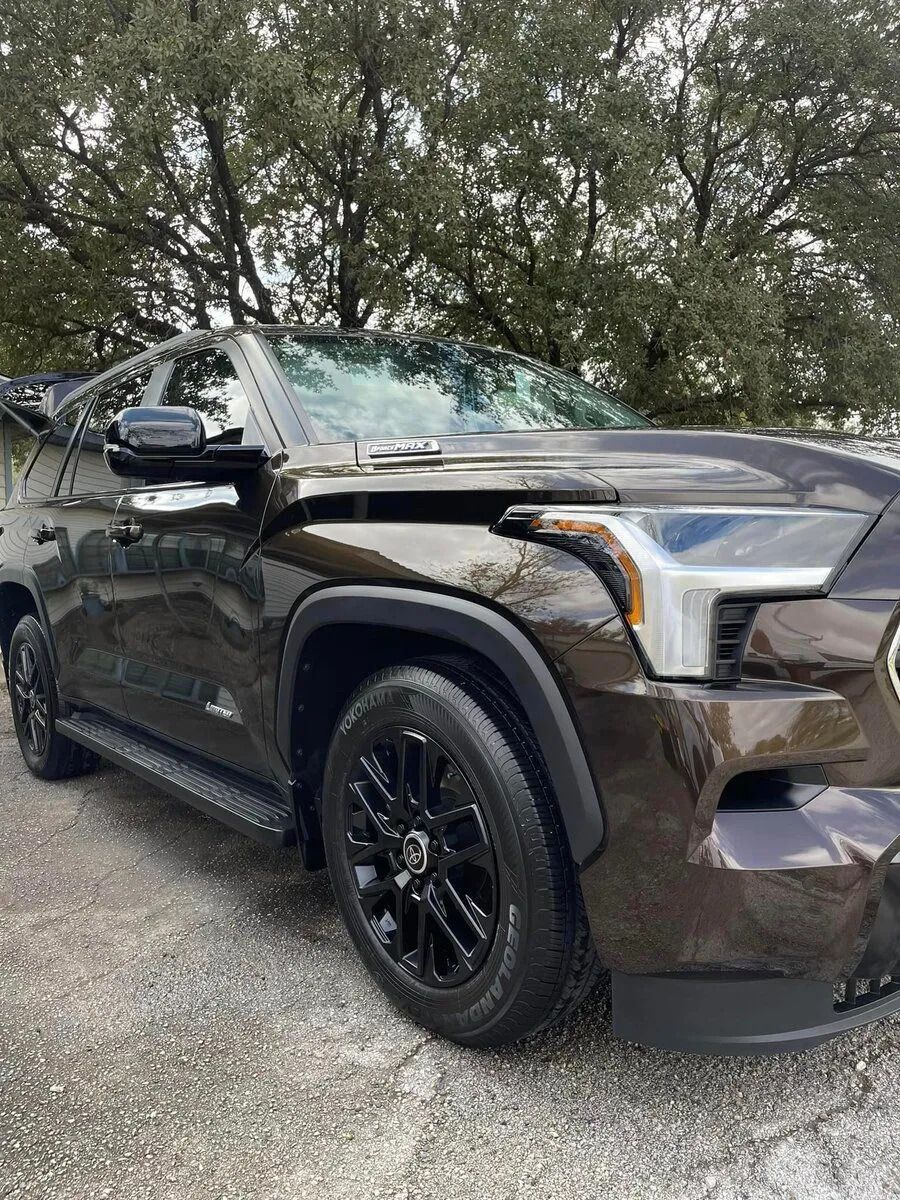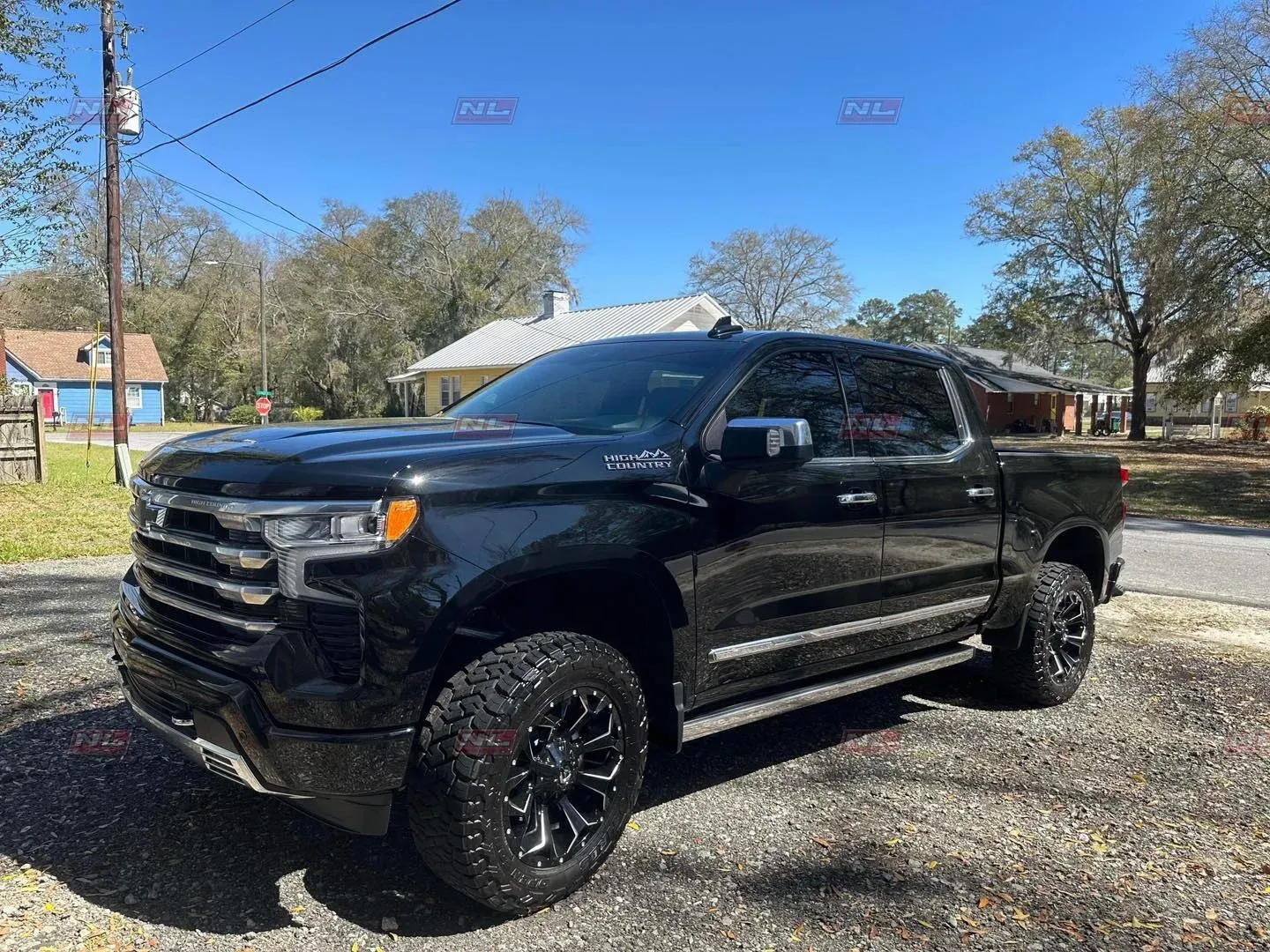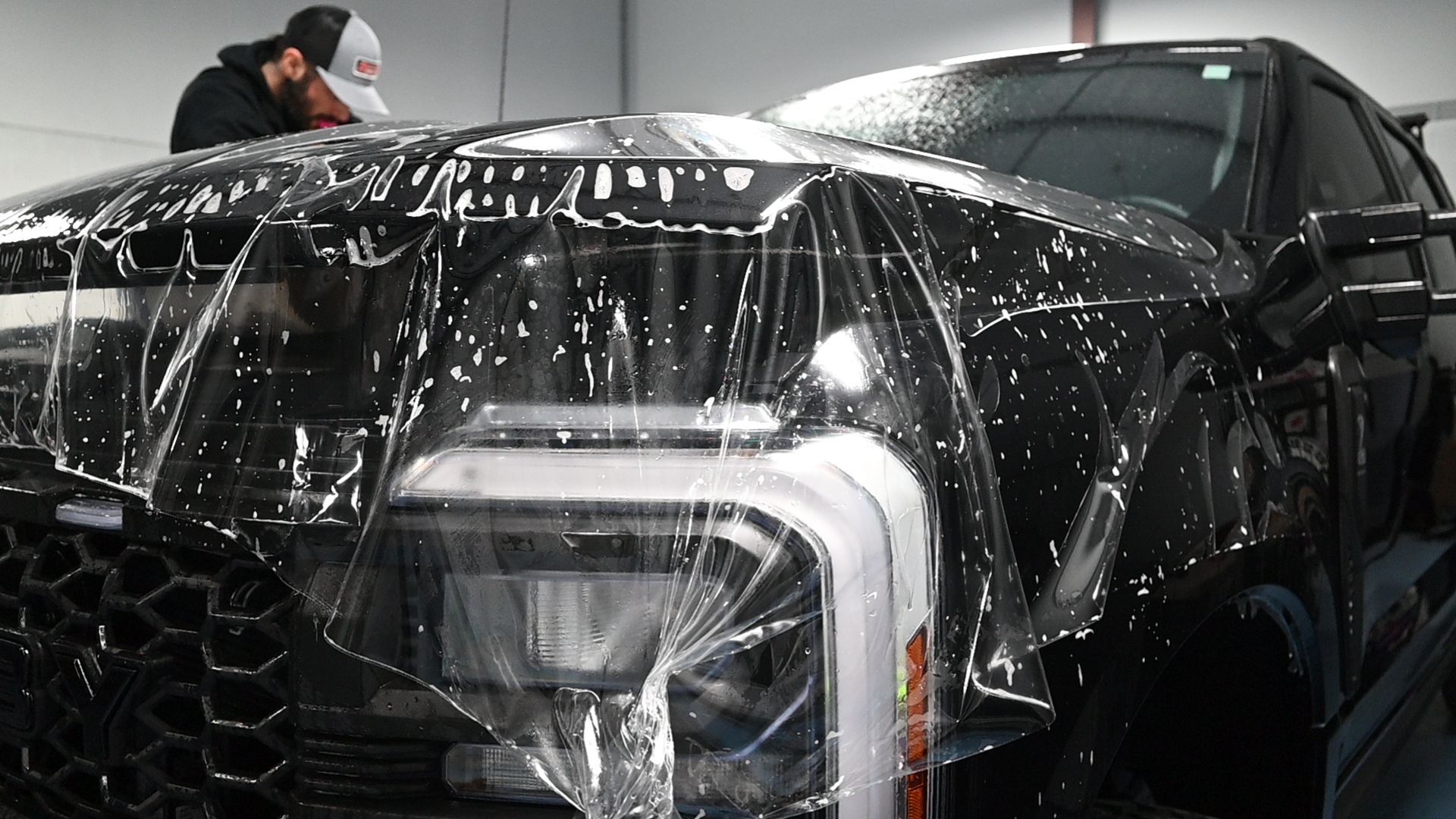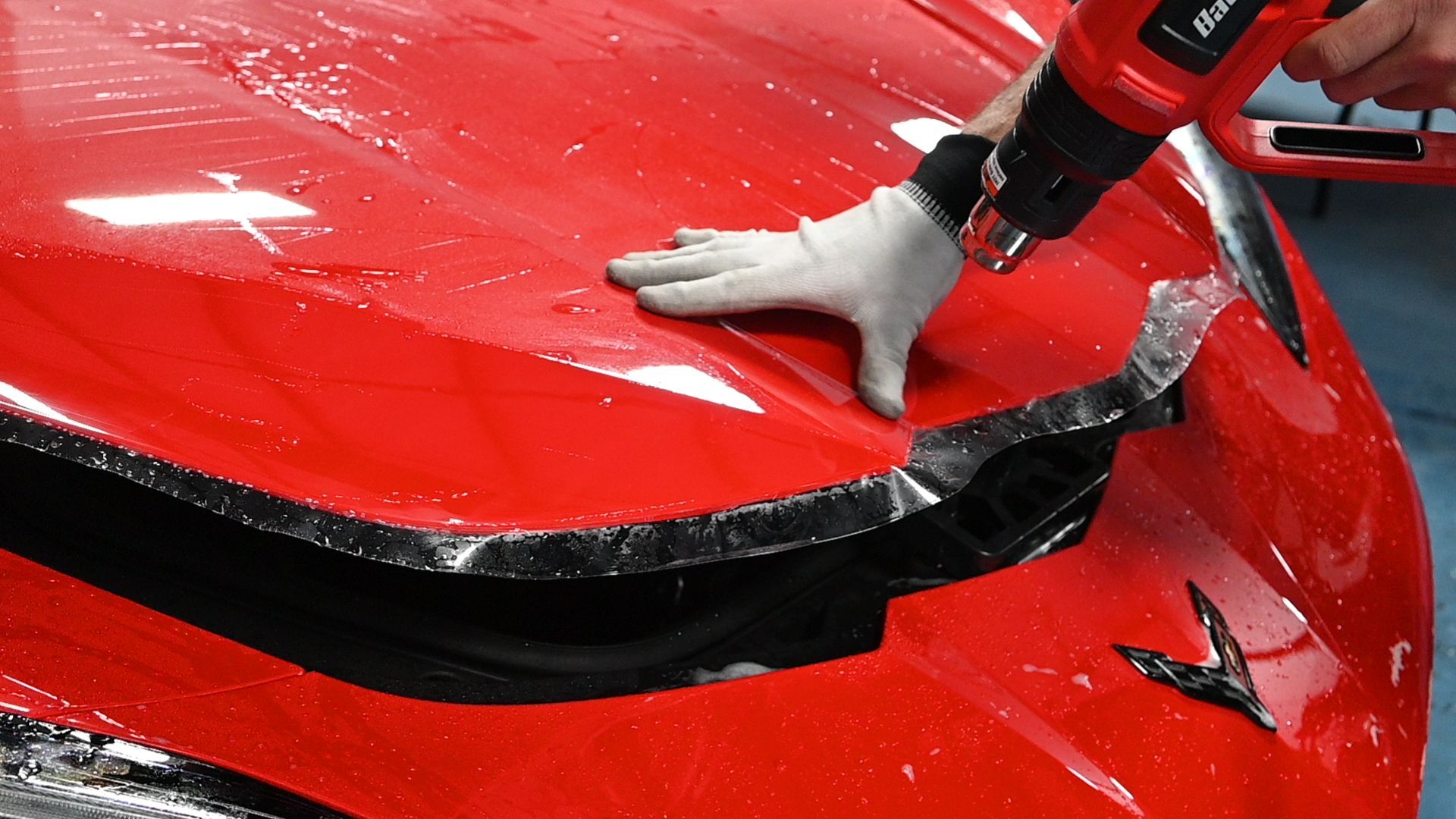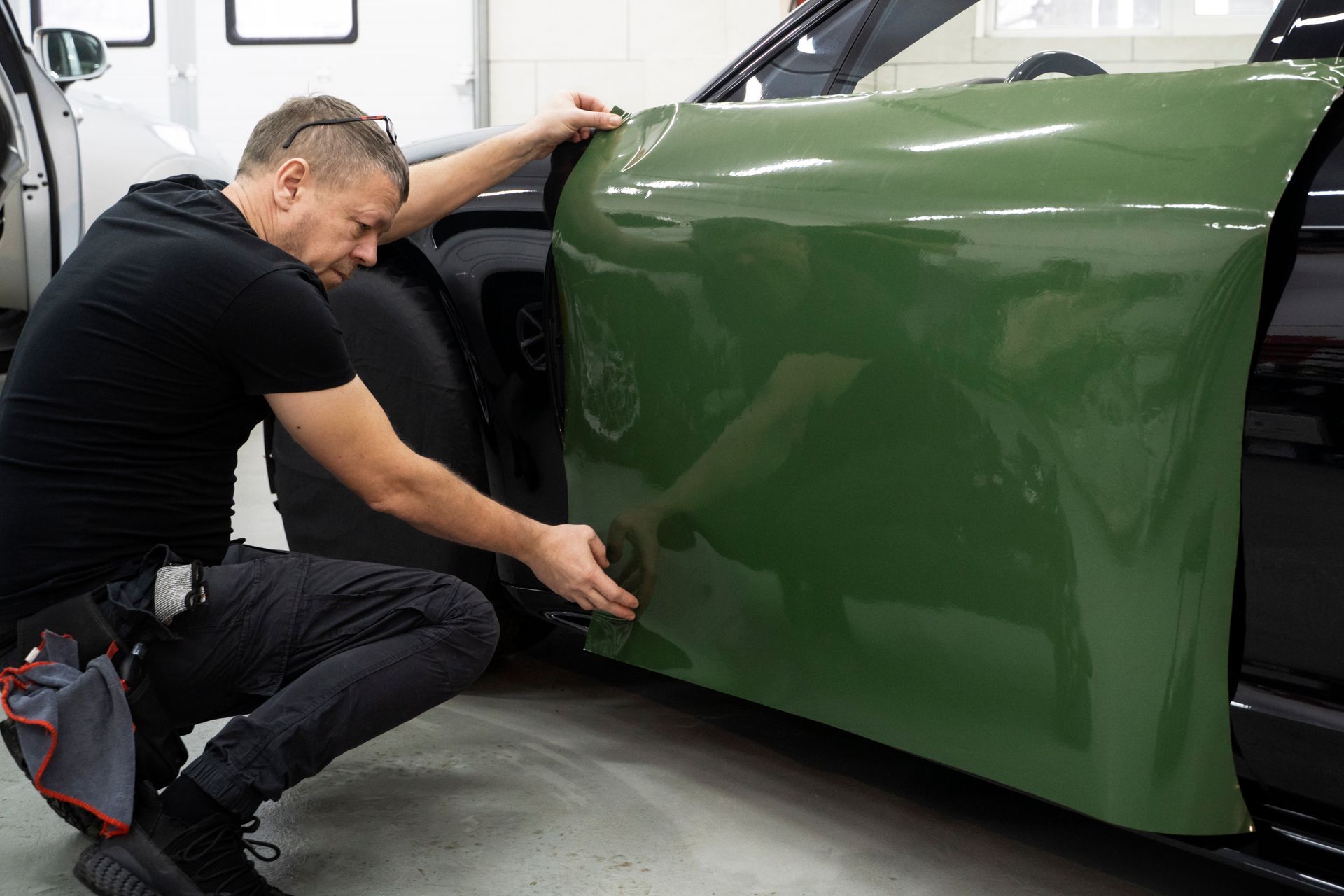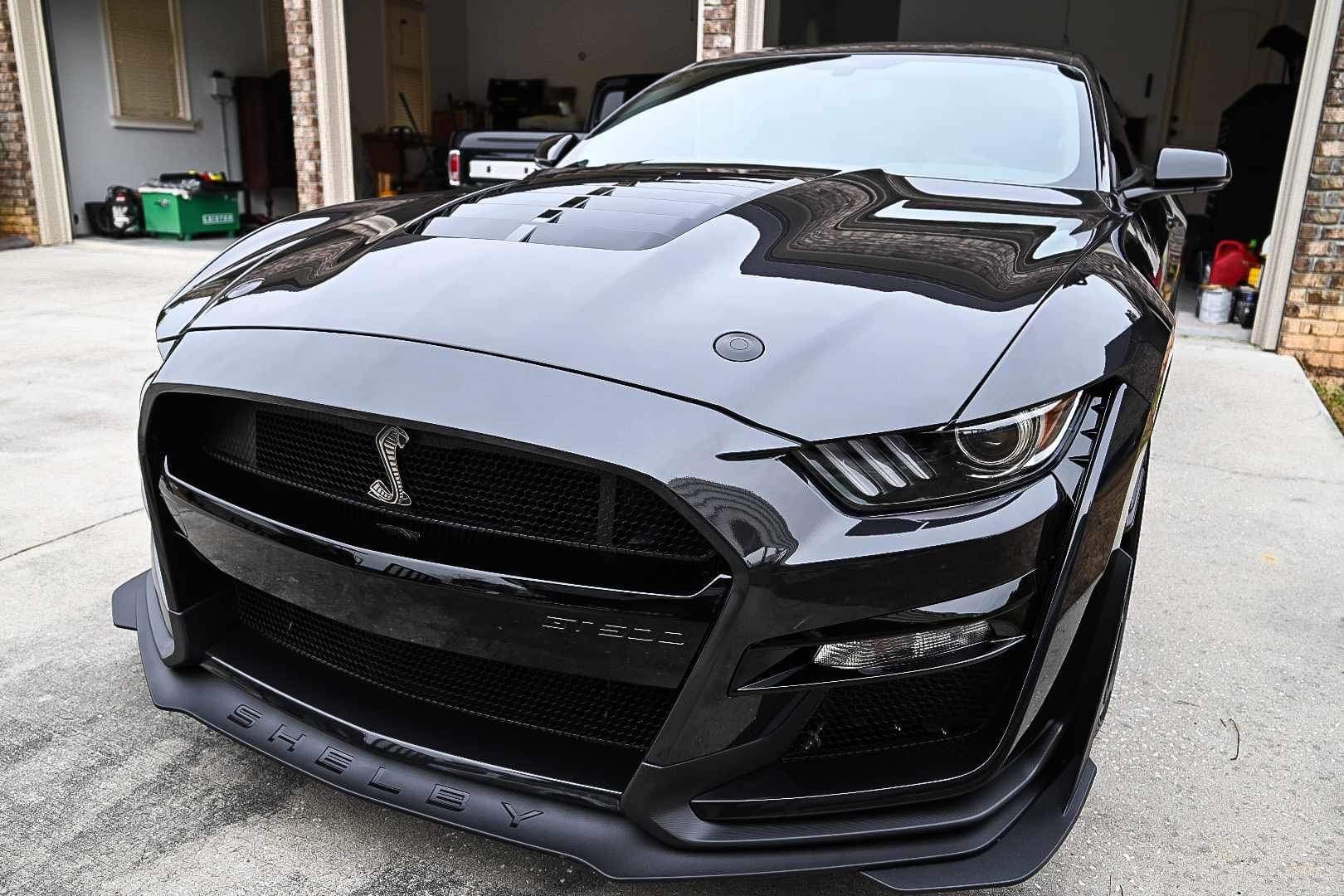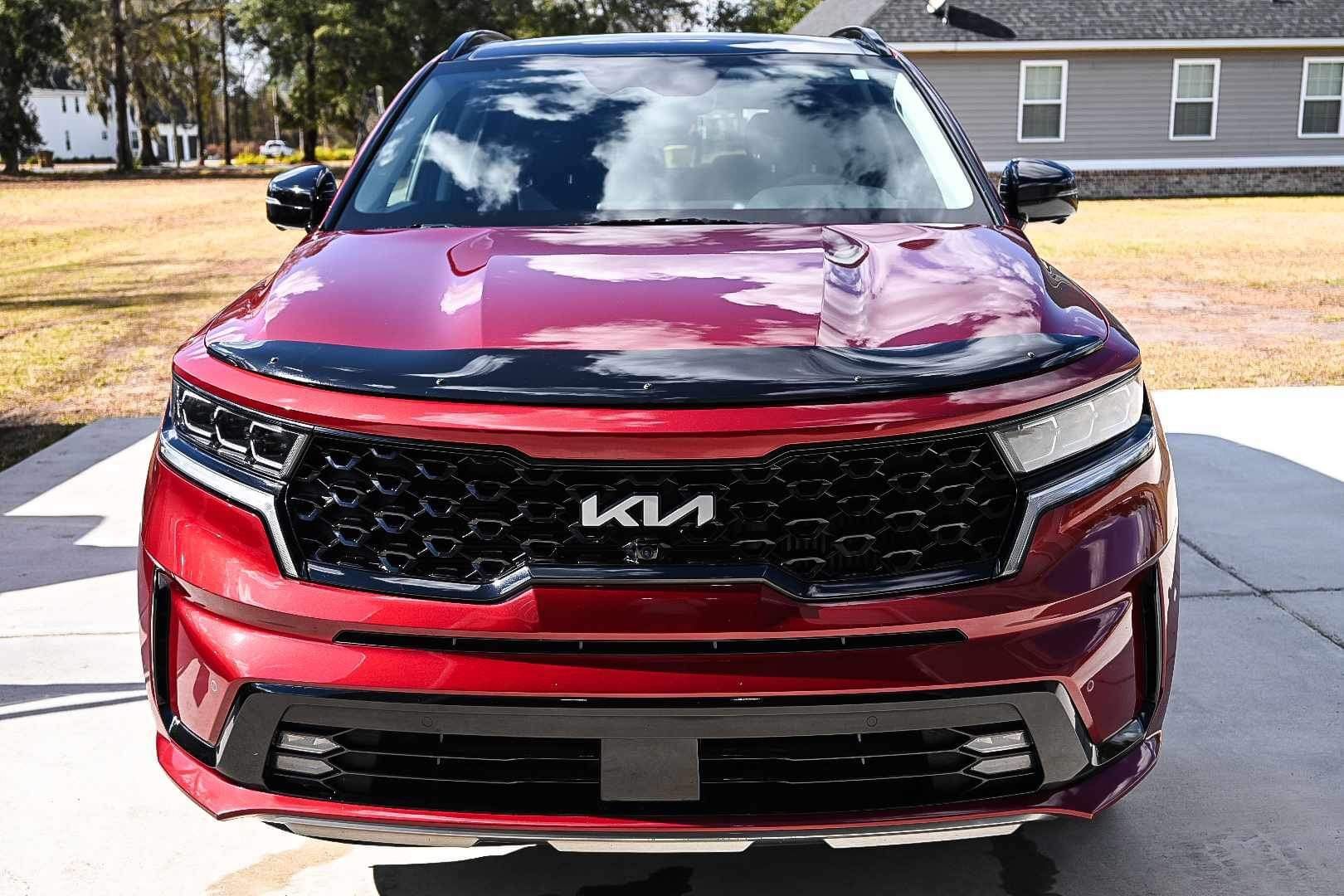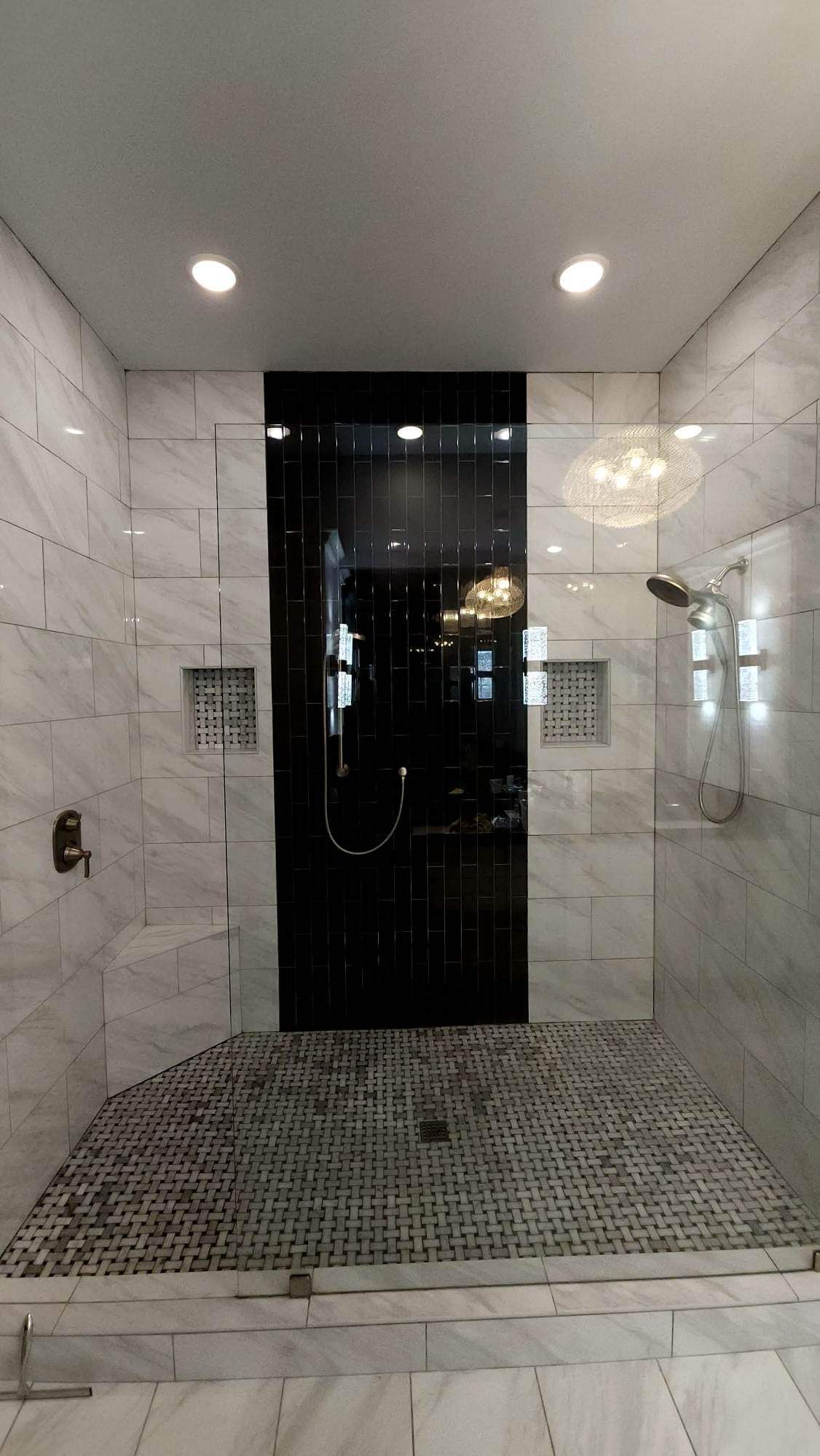How Often Should You Wash A Ceramic Coated Car: Car Care Tips
GET A FREE ESTIMATECALL (912) 656-6947
Taking good care of a ceramic-coated car means washing it about once every two weeks. This routine helps clean off dirt and dust, keeping the shiny outer layer bright. Sometimes, dirty rain or road salt may cause your car to need extra baths. And for full protection, don't forget to thoroughly detail both inside and out of the car every 3-4 months. When you treat your car well, it will shine back at you with gratitude. Let’s discover how often you should wash a ceramic coated car!

Optimal Washing and Detailing Frequency for Ceramic Coated Cars
Caring for a ceramic-coated car involves finding the right balance. While the coating provides a protective layer that repels water, dirt, and contaminants, it doesn't eliminate the need for regular washing. In fact, it's recommended to wash a ceramic-coated car every two weeks to effectively remove surface contaminants and maintain the protective layer's efficacy.
Detailing Schedule
In addition to regular washing, detailing plays a crucial role in preserving the effectiveness of the ceramic coating. Detailing involves a comprehensive cleaning of both the interior and exterior of the vehicle. To maximize the benefits of the ceramic coating, it's recommended to schedule detailing sessions every 3-4 months.
For example, vehicles exposed to harsh conditions or those used frequently may benefit from more frequent detailing to ensure that the ceramic coating remains in its optimal state. By doing so, the longevity and effectiveness of the ceramic coating can be prolonged, providing continued protection for your vehicle’s exterior.
Understanding the importance of maintaining an appropriate washing frequency and scheduling regular detailing sessions is essential to extending the lifespan of your vehicle's ceramic coating and safeguarding its appearance.
Environmental Factors Impacting Washing Decision
The environment in which you drive and park your car plays a significant role in determining how often you should wash and detail your ceramic-coated car. Harsh weather conditions, exposure to road salts, and high levels of dust and pollution can all have a detrimental effect on your car's ceramic coating and paintwork.
In regions where rain is frequent, the accumulation of rainwater on your car's surface can lead to water spots that, if left unaddressed, can impair the appearance of the coating. Road salts used to melt ice and snow during the winter months also pose a threat to your car's exterior. The corrosive nature of these salts can attack the protective layers of the ceramic coating, making more frequent washes essential during these periods.
How Different Environmental Factors Impact Coating
The environmental factors that can affect ceramic coating on your car are-
- Heavy Rain: Frequent rainfall causes water spots and mineral deposits, which can damage the coating.
- Road Salts: Exposure to deicing agents accelerates the wear and tear of the coating due to their corrosive properties.
- Dusty Conditions: Excessive dust accumulation can compromise the longevity of the coating and dull its shine.
Regular maintenance routines should be adjusted based on environmental conditions. For instance, a ceramic-coated car exposed to heavy rainfall may require more frequent washes than a vehicle primarily driven in dry, less contaminated areas.
It's not just about keeping your vehicle looking sparkling clean but also safeguarding the ceramic coating's protective properties. In areas with higher pollution levels or extreme weather patterns, regular cleaning is vital to remove accumulated contaminants before they have a chance to eat away at the protective layer.
By tailoring your washing frequency according to the specific environmental challenges your car faces, you can ensure that your ceramic coating continues to provide effective protection against harsh elements.
Ceramic Coating Benefits: Effects on Washing Requirements
Ceramic coatings offer a level of protection that surpasses what traditional wax or sealant can provide. They create a protective layer on the paint surface, repelling water, dirt, and contaminants. This hydrophobic property makes it tougher for dirt and grime to stick to the surface, making cleaning easier.
The hydrophobic nature of ceramic coatings significantly reduces the frequency at which you need to wash your car compared to non-coated vehicles. By repelling water and dirt, these coatings allow for longer intervals between washes, keeping your car looking clean and glossy for extended periods.
Reducing the frequency of washing provides numerous benefits; it not only saves time and effort but also conserves water, reduces chemical detergent use, and contributes to environmental sustainability. In addition, frequent washing can lead to wear on the paint over time, so minimizing this through the use of ceramic coatings can help maintain the longevity of your car's finish.
One thing to keep in mind is that while ceramic coatings reduce the need for frequent washing, they don't eliminate the need for it altogether. Over time, dust, pollen, and other environmental contaminants can still accumulate on the surface of your car, requiring occasional cleaning to keep it looking its best.
Given the impact of ceramic coatings on car care, it's essential to delve into some tips for maintaining your ceramic-coated vehicle and ensuring that it continues to look its best for years to come.

Microfiber Cloths and their Role in Pre-Cleaning Ceramic Coated Cars
Microfiber cloths are not ordinary cleaning cloths. When it comes to delicately caring for a ceramic-coated car, they are a game changer. Their ultra-fine fibers are designed to trap and lift dirt, dust, and residues from surfaces without leaving scratches behind. This is particularly important when dealing with ceramic coatings, as any scratches can compromise the protective layer.
The soft composition of microfiber cloths ensures that they won't create abrasions on the delicate surface of a ceramic-coated car, preserving the glossy finish intact. It's like giving your car a tiny spa treatment without any rough exfoliation!
To get the best results from pre-cleaning with microfiber cloths, follow these steps:
- Gentle Dust Removal: Start by gently dusting off the surface of the car with a folded microfiber cloth. This helps remove light debris and prevents it from scratching the coating during subsequent cleaning.
- Light Dirt Removal: For light dirt or residue on the surface, dampen a microfiber cloth slightly and gently wipe down the affected areas. No harsh scrubbing required!
- Careful Inspection: As you clean, pay attention to any stubborn dirt or contaminants that may require more attention during the washing process.
Remember, the goal here is to prepare the car for a full wash without introducing any new marks or damage to the ceramic coating.
Using microfiber cloths in pre-cleaning ensures that your ceramic-coated car remains free from scratches and blemishes before undergoing a complete wash, allowing you to maintain its pristine appearance and protection for longer periods.
Safe Debris Removal Techniques for Ceramic Coatings
Ceramic coatings provide a protective layer on a car's painted surface, repelling water, dirt, and contaminants. Even with this advanced protection, it's important to regularly inspect the car for stubborn contaminants that may have accumulated, such as bird droppings, tree sap, and road grime - elements that can compromise the coating's effectiveness over time.
To safely remove such stubborn contaminants without damaging the delicate ceramic coating, using specialized detailing products and techniques is crucial. These can include pH-neutral cleaners and gentle hand tools designed for automotive use. Their gentle yet effective nature helps dislodge contaminants without affecting the underlying ceramic coating.
However, one must exercise caution - an overly aggressive approach can lead to unintended harm to the protective layer. This is why using high-quality microfiber towels for drying is essential; their soft, non-abrasive nature minimizes the risk of introducing scratches to the coating. It's also important to avoid traditional terrycloth towels, as they can be too rough and abrasive, potentially compromising the longevity of the coating.
When employing safe debris removal techniques, it's important to be meticulous in your approach to ensure that you're not inadvertently causing harm to the ceramic coating. Careful attention and gentle handling are key when dealing with such delicate surfaces.
By prioritizing gentle yet effective methods of removal, you're extending the lifespan of the protective layer while keeping your vehicle looking immaculate.
Maintaining the Gleam: Aftercare for Ceramic Coated Vehicles
So, you've gotten your car ceramic coated. That's fantastic! Now, you want to ensure it stays in tip-top condition, right? Let's discuss how to achieve just that. After all, regular care will keep your car looking stunning and protect the ceramic coating you've invested in.
After washing your car, consider employing the "sheeting method" to remove excess water from the surface. This involves using a hose with a heavy stream of water to sheet water off the car, preventing water spots and mineral residue from forming on your car. It's almost magical - all the water rolls off like it's afraid of sticking around.
We use high-quality ceramic coatings that provide durability and protection against contaminants for your car surface. To ensure long-lasting protection, it is important to schedule periodic maintenance sessions with professional detailers to rejuvenate the coating. This helps maintain the hydrophobic properties and keeps your vehicle looking shiny and new.
If you're interested in learning more about ceramic coatings and how they can benefit your vehicle, head over to our website, Northern Lights Home & Auto Coatings for expert recommendations and application options.
So remember, a little extra care goes a long way in preserving the glossy finish of your ceramic-coated vehicle and ensuring it continues to turn heads wherever you go.
For further advice on the maintenance of your ceramic-coated vehicle, don't hesitate to
contact us or call us at (912) 656-6947.

